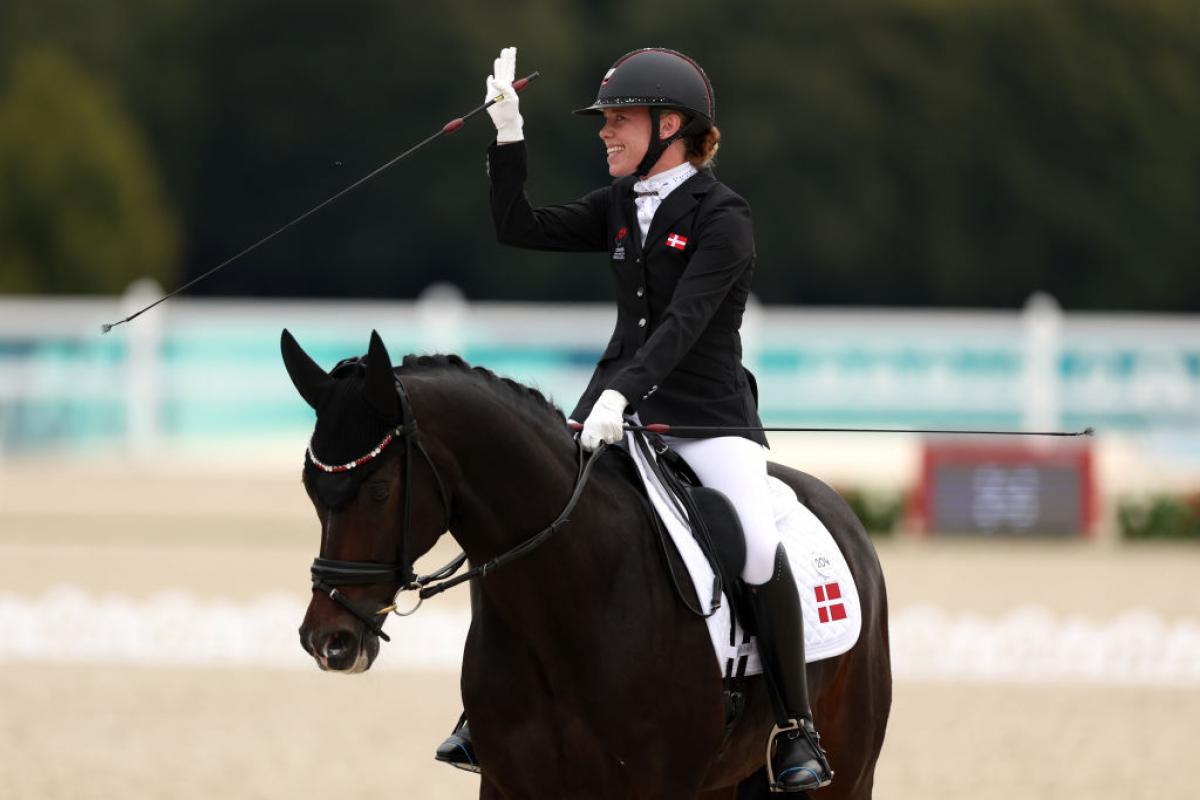The Remarkable World of Paralympic Equestrian Riders
The Paralympic Games, renowned for showcasing the extraordinary talents of athletes with disabilities, includes a fascinating and unique discipline: equestrian riding. This sport, often described as both graceful and demanding, presents a compelling narrative of triumph, skill, and determination among riders with physical impairments. Paralympic equestrian events not only highlight the riders’ exceptional abilities but also reflect the profound bond between horse and human.
The Discipline and Its Variations
Paralympic equestrian, also known as para-dressage, is a branch of dressage adapted to accommodate riders with a range of physical disabilities. Unlike traditional dressage, which focuses on the rider’s ability to execute precise movements and patterns, para-dressage adapts these movements to the rider’s capabilities, ensuring an inclusive competition where skill and artistry shine regardless of physical limitations.
Para-dressage is categorized into different grades, each corresponding to the level of the rider’s physical impairment. The classification system ranges from Grade I to Grade IV, with Grade I representing the most significant impairments and Grade IV the least. Each grade competes in tests that are specifically designed to highlight their strengths and skills, allowing for a fair and competitive environment.

The Athletes and Their Journeys
The stories of Paralympic equestrian riders are often marked by remarkable resilience and dedication. Many athletes come from diverse backgrounds, and their journeys to the Paralympics are as varied as the riders themselves. Some have overcome significant injuries or congenital conditions, while others have developed their riding skills later in life. Despite the challenges, these athletes demonstrate an unparalleled passion for their sport.
One notable figure in the world of para-dressage is Sophie Wells from the United Kingdom. Diagnosed with a rare condition called congenital spinal bifida, Wells has become a prominent competitor in international equestrian events. Her achievements, including multiple medals at the Paralympic Games, are a testament to her skill and determination.
Similarly, the United States’ Rebecca Hart, who lives with a spinal cord injury, has achieved remarkable success in para-dressage. Hart’s journey underscores the importance of adaptive sports in providing opportunities for athletes with disabilities to reach their fullest potential.
The Role of the Horse
In para-dressage, the partnership between rider and horse is crucial. The horse is not just a mode of transport but a partner that must be attuned to the rider’s needs and abilities. The bond between rider and horse often transcends mere competition; it is built on trust, communication, and mutual respect. For many riders, their horse becomes a confidant and an integral part of their lives, both on and off the arena.
Training a horse for para-dressage involves specific adjustments to accommodate the rider’s needs. For instance, horses may need to be trained to respond to different cues or to work within the confines of the para-dressage tests. This training process highlights the adaptability and intelligence of these animals, as well as the skill and patience of their handlers.
Challenges and Triumphs
While para-dressage is a highly competitive sport, it is not without its challenges. Riders often face logistical hurdles, such as the need for specialized equipment or support staff. Additionally, there can be psychological and emotional obstacles, including overcoming societal perceptions of disability. However, these challenges are met with a spirit of determination and optimism, both from the riders and their support networks.
The triumphs in para-dressage extend beyond medals and accolades. They represent a victory over personal limitations and a celebration of the human spirit. Each competition, each performance, is a testament to the athletes’ hard work and the inclusivity of the sport.
The Future of Para-Dressage
Looking ahead, the future of Paralympic equestrian riding is bright. Efforts are continuously made to increase visibility and support for the sport, ensuring that more athletes have the opportunity to participate. Advances in technology and training methods also promise to further enhance the competition and the experiences of both riders and horses.
In conclusion, Paralympic equestrian riders embody the essence of perseverance and excellence. Their stories and achievements not only enrich the world of sports but also inspire countless individuals around the globe. Through their remarkable performances, they challenge our perceptions of disability and demonstrate that with dedication and support, the boundaries of possibility are limitless.